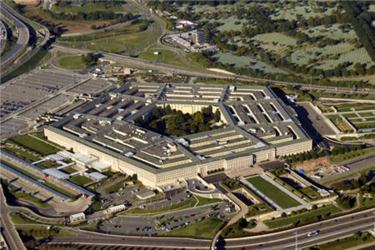Latest Military Tally Sees 50 Percent Spike In PFAS Contamination


Anyone following the drinking water treatment space — and many of those who are not — are aware that per- and polyfluoroalkyl substances (PFAS) contaminate much of the nation’s source water. But a recent investigation by the U.S. military has found that the problem is much more pervasive than anyone realized.
PFAS, also known as “forever chemicals,” have reached the country’s waterways and, subsequently, its drinking water via industrial operations and from military sites that utilized PFAS-containing firefighting foam. PFAS are also known as “forever chemicals” because of the long-lasting adverse health effects that have been connected to consumption of them through drinking water.
While industrial polluters are now beginning to be held accountable for their role in the contamination, it’s recently become clear that the military has played a more significant role than previously realized.
“The military now has at least 651 sites that may have been contaminated with cancer-linked ‘forever chemicals,’ a more than 50 percent jump from its last tally,” The Hill reported. “The information was released … in a report from the Department of Defense (DOD), part of a task force designed to help the military remove … PFAS from the water supply near numerous military bases.”
Though the military has now uncovered more sites contaminated with PFAS, there is still significant research that needs to be done before any cleanup would start.
“The military has been under increasing pressure to clean up contaminated sites, previously estimated to be as many as 401 locations,” per The Hill. “Each of those sites where PFAS may have been used must still be evaluated to determine whether it’s been contaminated, as well as the extent of the exposure.”
Though consumers around the country are eager for military operations, as well as domestic ones, to remove all PFAS from the water they drink, recent military estimates found that it could take decades to do so.
“The timeline by the [DOD] shows it will take anywhere from six to 13 years before DOD will be cleaning up PFAS,” according to a subsequent report from The Hill. “The Pentagon needs to evaluate the speed of the contamination and how to best clean it. Once the cleanup process begins, it can take anywhere from one to 30 years.”
In the meantime, it appears that the most consumers can hope for is that the PFAS problem is not even more widespread than currently thought.
To read more about how drinking water utilities deal with PFAS contamination, visit Water Online’s Contaminant Removal Solutions Center.
